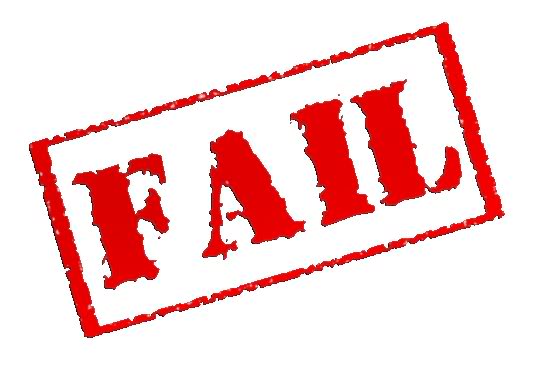I’ve been making the case now for a while that a primary reason that employee engagement remains so dismally low within so many organizations is that leaders (and HR) treat work as a contract instead of as a relationship.
When the goal of management shifts from ensuring compliance with the work contract to ensuring a healthy relationship between the employee and “work,” engagement becomes a natural byproduct.
To make this shift, I recommend using what I call “the relationship test.”
The relationship test is a simple way to explore how to make work interactions and processes more positive and productive towards fostering a healthy relationship. Here’s how it works.
Think of any process or interaction at work that you are involved in that includes other people. It could be your one-on-one update meetings with your team, the interview process, or the way you set goals.
Once you’ve selected a process, you ask yourself this question: “If I used this same process or approach with my best friend, how would it go? Would it build or hurt the relationship?”
If it would build or sustain the relationship, then it’s probably okay. If it would hurt the relationship, it has failed the relationship test and needs to be changed. Fundamentally, if you wouldn’t do something to your best friend because it would harm the relationship, why would you do it to anyone else?
If the process fails the relationship test, think through how you would approach the same process differently to achieve the same outcomes if it was your best friend on the other side of the experience.
 Let’s use onboarding as an example. Based on the conversations I’ve been having lately, onboarding may be one of our most broken work processes in terms of contributing to a positive relationship with employees.
Let’s use onboarding as an example. Based on the conversations I’ve been having lately, onboarding may be one of our most broken work processes in terms of contributing to a positive relationship with employees.
Assume that your best friend was just hired to come to work at your organization and you are responsible for their onboarding process.
How would you approach that task?
As I’ve thought about this, here’s a few things that jump to mind for me.
- I’d invite him to lunch right after accepting the offer to celebrate and reinforce how excited I am that he is joining the organization.
- I would start reaching out immediately to make sure a workspace is available and start getting it ready with all the necessary stuff (technology, etc.) so he had everything he needs on day 1.
- I would check in with him frequently prior to his start date to see if he had any questions.
- I’d send out an email internally introducing my friend (and our new colleague) including a LinkedIn profile so that people would know who he is and recognize him from day one.
- I’d encourage my peers to reach out to him before he started to introduce themselves and welcome him to the team.
- I’d call him the day before he started to talk through what to expect the first day and answer questions. This would include things like:
- what to wear
- what to bring
- where to park
- what to expect in terms of traffic while getting to the office
- what time to arrive
- what door to come in (and who to ask for)
- where I will meet him when he arrives
- what the first-day agenda looks like (including lunch options/plans)
- I would meet him at the door on day 1 to welcome him and give him a tour.
- My entire day on his start date would be dedicated to him and making sure he’s having a good experience and getting everything he needs.
- I would spend much of the first day making introductions and providing a basic foundation of knowledge for how to navigate the new place (where’s the coffee, who do you go to with different types of questions, bathrooms, etc.)
- We’d go to lunch and maybe invite a few other peers. We’d try to share as much “inside info” as we could to help accelerate him feeling like a member of the tribe.
- At the end of the first day, we’d debrief and review the schedule for the rest of the week.
That’s just from offer acceptance through day one. It certainly wouldn’t stop there, but I hope you get the idea.
- How does my list compare to how you onboard people today?
- How would you onboard your best friend?
- What does that tell you about your current process and how it should change?
Use the relationship test as a way to identify the processes that are most in need of change. The processes that most badly fail the relationship test are also the processes that are most severely hurting engagement.
Build the relationship, engagement and performance will follow.

Fantastic post Jason and I am totally “on-board”. I love your plan for on-boarding a new employee. I was at an organization where the manager did not meet even once with his new hire for the first 4 months. What a recipe for disaster and it happens all too often.
As a manager, the way I bring on new hires is just as you describe. My goal is to help them as much as possible so they are feeling like a member of the team and making valuable contributions within a few weeks.
Great advice Jason!